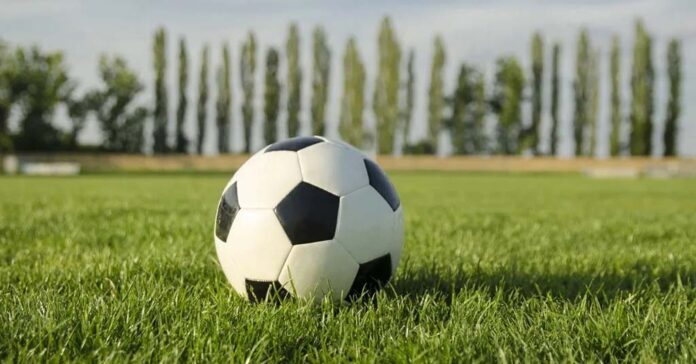When it comes to soccer, the ball is more than just a piece of equipment—it’s the heart of the game.
FIFA’s official match balls have evolved over the decades, showcasing breakthroughs in technology, design, and sustainability. But what exactly goes into making these iconic balls, and how has FIFA’s choice influenced the sport?
Dive into the fascinating world of FIFA match balls and discover which ones have left a lasting legacy on the field.
FIFA Official Match Balls
Understanding FIFA’s official match balls offers insight into the technology and design that define these iconic footballs. From advancements in materials to cutting-edge features, each ball reflects the evolution of soccer and the standards set by FIFA.
Evolution of FIFA Match Balls
FIFA match balls have significantly evolved since the 1970 World Cup. Beyond serving a functional purpose, these balls symbolize the progress in technology, materials, and design that enhance gameplay. Here’s a quick rundown of the notable milestones:
| Year | Ball Name | Description |
|---|---|---|
| 1970 | Adidas Telstar | The legendary black-and-white ball that became a timeless classic. |
| 1982 | Adidas Tango España | Featured improved durability and waterproofing. |
| 1998 | Adidas Tricolore | Introduced vibrant colors and a refreshed design. |
| 2002 | Adidas Fevernova | Incorporated an innovative foam layer for better precision. |
| 2018 | Adidas Telstar 18 | Classic look with an integrated NFC chip for tech-savvy features. |
| 2022 | Adidas Al Rihla | Environmentally friendly and equipped with a VAR-compatible sensor. |
FIFA Quality Marks
FIFA sets stringent standards for match balls through its FIFA Quality Programme. The balls used in official matches must meet rigorous testing criteria outlined in Law 2 of the Laws of the Game. This ensures that each ball upholds quality, performance, and safety. FIFA categorizes its match balls into three quality tiers:
- FIFA Quality Pro: Used for professional and international matches.
- FIFA Quality: Suitable for high-level competitive games.
- FIFA Basic: Ideal for training and grassroots football.
Since its inception in 1996, the FIFA Quality Programme has pushed the boundaries for soccer ball standards. Balls are tested for dimensions, weight, water absorption, shape retention, and flight performance. Only the finest balls earn the FIFA Quality Pro mark, signifying their status as the preferred choice for official matches.
Adidas World Cup Official Balls
Adidas has been the official supplier of World Cup balls since 1970, creating an indelible mark on football history. Each World Cup ball, from the original Telstar to the recent Al Rihla, has brought together visual appeal and technological innovation.
Adidas Telstar Series
The Telstar series is synonymous with the FIFA World Cup. Its iconic design and groundbreaking materials have set the benchmark for match balls.
- Telstar 1970: Launched at the 1970 World Cup in Mexico, the Telstar’s black-and-white hexagonal pattern was crafted to enhance visibility on black-and-white television screens.
- Telstar Durlast 1974: Featured a durable synthetic coating to withstand wet conditions.
- Telstar 18 (2018): Celebrated the brand’s heritage with a retro-inspired look, while integrating an NFC chip for real-time interaction.
To explore more about the design philosophy and history of these early soccer balls, visit our article on why old soccer balls had laces.
Adidas World Cup Ball Innovations
Adidas has continually pushed the envelope with its match ball innovations, introducing features that revolutionize the sport.
- Adidas Jabulani (2010): With its eight-panel construction, the Jabulani offered unmatched stability and control. Its design was inspired by African cultural motifs, adding a unique visual element to the 2010 South Africa World Cup.
- Adidas Brazuca (2014): The six-panel Brazuca, created for the 2014 World Cup in Brazil, optimized aerodynamic performance. Its vibrant colors represented Brazil’s lively culture and passion for football.
- Adidas Telstar 18 (2018): Combined classic aesthetics with modern technology, making it the first World Cup ball to include an NFC chip.
These innovations have enhanced gameplay and provided a dynamic experience for both players and fans. Learn more about what defines a top-quality soccer ball by checking out our guide on how soccer balls are made.
Final Thoughts
For those passionate about soccer or fascinated by sports technology, FIFA’s official match balls are more than just equipment—they’re symbols of how far the sport has come. From the vintage Telstar to the high-tech Al Rihla, these balls reflect the perfect blend of tradition and innovation.




